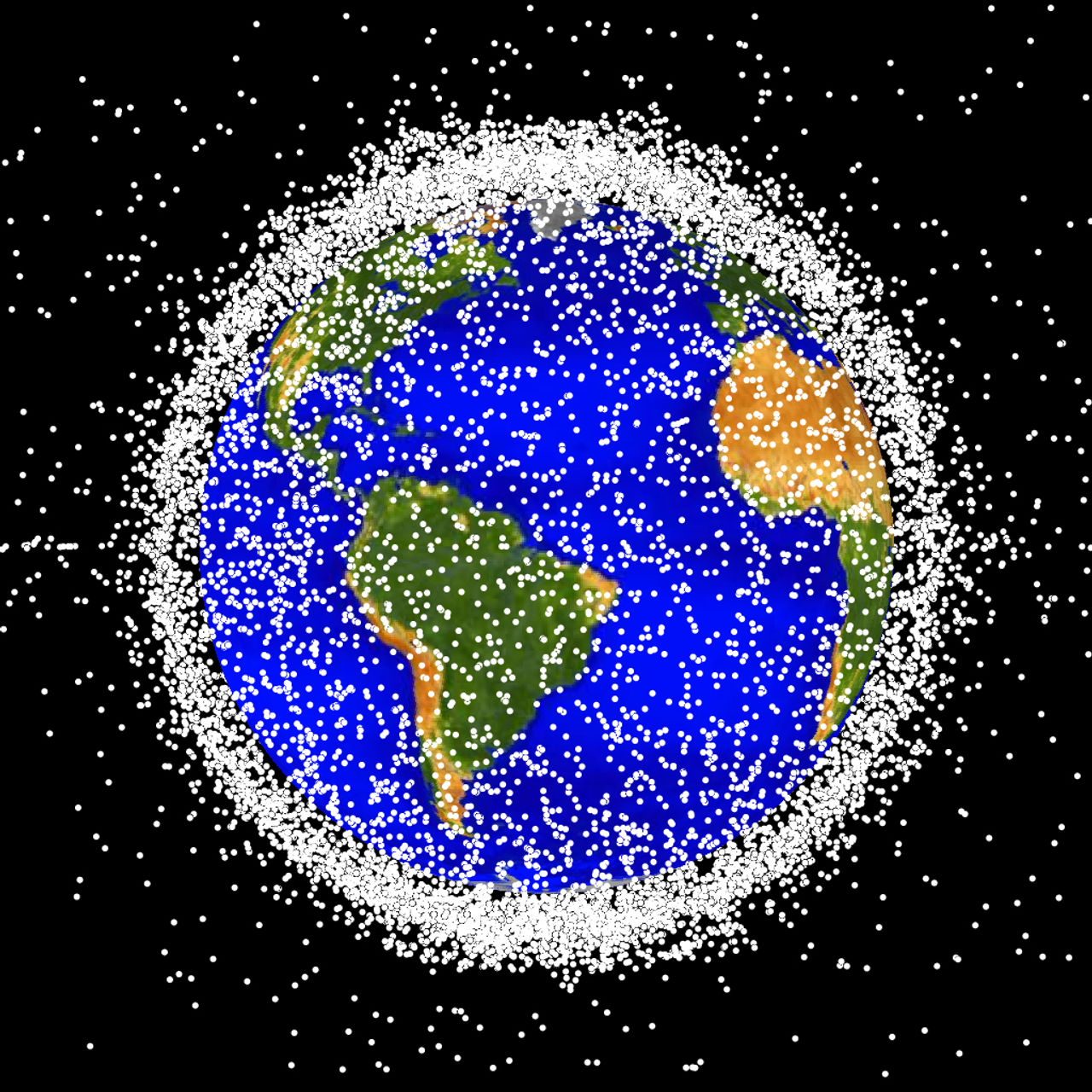Updated April 29th, 2024 at 19:09 IST
ISRO Reveals it Delayed Chandrayaan-3 Launch by 4 Seconds. Find Out Why
In a recent report, ISRO revealed that it delayed the lift-off sequence of the Chandrayaan-3 by 4 seconds to avoid a potential collision with space debris.
Advertisement
New Delhi: With the recent launch of the Indian Space Situational Assessment Report 2023, the Indian Space Research Organisation (ISRO) has revealed that it delayed the historical launch of the Chandrayaan-3 mission by four seconds to prevent a potentially disastrous development. In a section labelled ‘Collision Avoidance Analysis (COLA) for Launch Vehicles’, ISRO details that, in regard to Chandrayaan-3, “the nominal lift-off had to be delayed by 4 seconds based on COLA analysis to avoid close approaches between a debris object and the injected satellites in their orbital phase due to overlapping operational altitudes.”
Space debris and the threat it poses
To understand the significance of what ISRO did and how it prevented a major disaster, it is first important to establish how serious an impediment space debris is for human space activities. Space or orbital debris refers to artificial material that is orbiting Earth but is no longer functional. This can range from tiny paint chips and screws to large defunct satellites. Over decades of human space activity, a space junkyard has come into being around the planet, particularly in the area known as the low earth orbit (LEO). which is to say within 2,000 km of the planet's surface.

Much of this debris orbits Earth at speeds approaching or even exceeding 25,000 km/hr. At these speeds, NASA notes, even tiny flecks of paint can damage a spacecraft or a satellite. As such, most major space agencies, including ISRO and NASA, track such objects using ground-based systems to avoid collisions and put countermeasures in space. In the case of the International Space Station, which has been in Earth orbit since 1998, defence against space debris can involve anything from the use of armour called whipple shields to the use of its thrusters to simply move out of the way when a potential collision with tracked space debris is predicted.
In regard to the Indian scenario, the aforementioned Indian Space Situational Assesment Report 2023 notes that ISRO, in just that one year, carried out collision avoidance manoeuvres (CAM) 23 times to safeguard the nation's satellites, with most of the CAMs being carried out in low earth orbit.
Advertisement
As for satellites and space shuttles being launched into space, it is imperative for space agencies to track, analyse and predict the trajectory of various pieces of space debris and even functional satellites such as the increasingly abundant Starlink satellites before lift-off can be acheived. For 2023, the ISRO report notes that the agency delayed the lift-off sequence of launch vehicles a total of three times, with one of them being the aforementioned four second delay to avoid a ‘close approach’ situation between space debris and the satellite being launched.
As for the others, ISRO had to delay the April 22, 2023 launch of the PSLV-C55/ TeLEOS-2 by around a minute to avoid close approach with an operational satellite. Similarly, the agency also had to delay the lift-off of PSLV-C56/ DS-SAR by a full minute to avoid a close approach with Starlink Satellites.
Advertisement
All in all, the report notes that the number of close approach alerts it received and the resultant collision avoidance manoeuvres it carried out in 2023 was the highest to date.
A history-defining acheivement
The Chandrayaan-3 mission, in ISRO's own words, was a follow-up mission to the Chandrayaan-2 aimed at demonstrating “end-to-end capability in safe landing and roving on the lunar surface.” Blasting off on July 14, 2023, the Chandrayaan-3 successfully soft-landed on the moon on August 23 of that same year.
In doing so, the ISRO mission made history not only by making India the fourth nation ever to achieve a successful soft landing on the moon but also made it the first nation to land near the Lunar South Pole.
Advertisement
Of course, the Chandrayaan-3 was not a simple demonstration of how far India's space-faring capabilities. It was also carrying three distinct types of payloads (seven total) in its propulsion, lander and rover modules. These payloads, among other things, allowed the Chandrayaan-3 mission to carry out an analysis of the elemental composition of the lunar surface near the south pole.
Among the most significant achievements of the mission was the discovery of sulphur on the lunar surface which experts say was a major clue in figuring out how the moon was formed. Moreover, the presence of sulphur is also seen as a possible sign of the presence of water ice on the moon.
Advertisement
After completing its various objectives, the Chandrayaan-3 lander and rover were safely parked and put into an indefinite sleep mode. Efforts to re-establish contact, thus far, have failed.
Advertisement
Published April 29th, 2024 at 17:39 IST